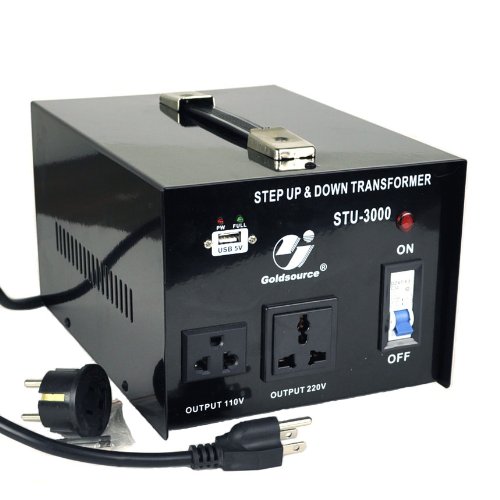I received another message from Dan, this time asking about power supplies:
Subject: Frustrated with power converters
So, the past month or 2 I've been trying to figure out how different types of AC to DC power supplies work, since i have a few audio/video receivers that im trying to install PC fans inside that require that type of power.
The problem is that I don't have any power converters that are less than 18 volt DC. I've been researching capacitors, different types of diodes and ways to hook them up but I cant seem to lower the voltage. I've tried a few different ways to hook a resistor up to it and sometimes the resistor starts smoking or doesn't change much of anything. im just really annoyed with spending many hours on this simple project. I'd hate to ask you to explain multiple electronic parts since you're probably very busy so instead could you give me a short answer to this?
I've been to over 50 Google websites and cant find anything on YouTube that I understand.
So it sounds like Dan has a situation where AC to DC has been converted, but he DC is too high to use with a 12V fan. The quickest solution is to find an AC fan (they do exist, but they can be noisy, and overkill for this kind of situation). So instead let's look at the alternatives.
Let's say that Dan has 18V coming from the power supply and he needs 12V to drive a quiet PC fan.
Voltage Regulators
Where you require a large amount of current, using a resistor/potential divider is not always the best idea, as the current levels causing heating/smoking - and that's usually a bad thing. An alternative is to use a voltage regulator - this does the same thing, dissipates the excess voltage as heat, but does it in a more controlled way and lets you attach a heat sink to it. You need to work out the current required by the motor driving the fan, then multiply this by the voltage drop. So if you are trying to drop 18v to 12v and your fan needs 1/4 amp - this would be (18-12) * 1/4 = 1.5 Watts. (Watts being power and equal to volts x amps). The hookup is simple - 3 legs: input voltage, gnd and output voltage.
So your regulator is going to operate like a 1.5Watt heater, and if you don't have enough heat sinking attached it will may overheat and go into thermal shutdown.
(Like the 5V regulator did on my original laser harp design)
So if the power dissipated is not that high, the cheapest solution would be to use the regulator.
Switching Convertors
A better, more efficient method is to use a "Switching" power supply. These take the input voltage (18V) and turn it on and off very quickly (thousands of times per second). The amount of time the voltage is on, compared to the amount of time it is off is called the "duty cycle". So if I wanted to convert 18V to 12V I would need a duty cycle of 2/3. This is then fed through a network to smooth it back out to DC. I recently built some efficient DC converters for a robotics project. It was important to make them switching as they would not drain the battery as much as a regulated power supply.
AC to DC
If Dan wants to tap just the AC power then this has to be regulated and stepped down first. The old school way of doing this is to use a transformer with windings that get you close (but slightly above) the voltage you want. Eg - 110V to 16V would be a good step down. Then the 16V AC is fed into a full wave rectifier array of diodes that do full wave rectification, and then finally through 2-3 large capacitors to smooth the voltage down to something usable.
It's worth pointing out that you can get switching power supply units that run off AC directly. The AC has to rectified and smoothed first, but then the full 110V is switched on and off to generate the voltage you require. The beauty of these units is that they can run on either 110V or 220V unmodified, the circuitry just monitors the output and adjusts the duty cycle of the switching to deal with whatever input voltage you pass in.
Probably the best thing for Dan to do is check out electronic surplus websites and pick up a 12V or 5V switching "wall wart" and then install this inside the case. They are small, efficient, and sometime go on sale for a dollar or two.
 | Price : $107.95
| Price : $107.95
 | Price : $107.95
| Price : $107.95







